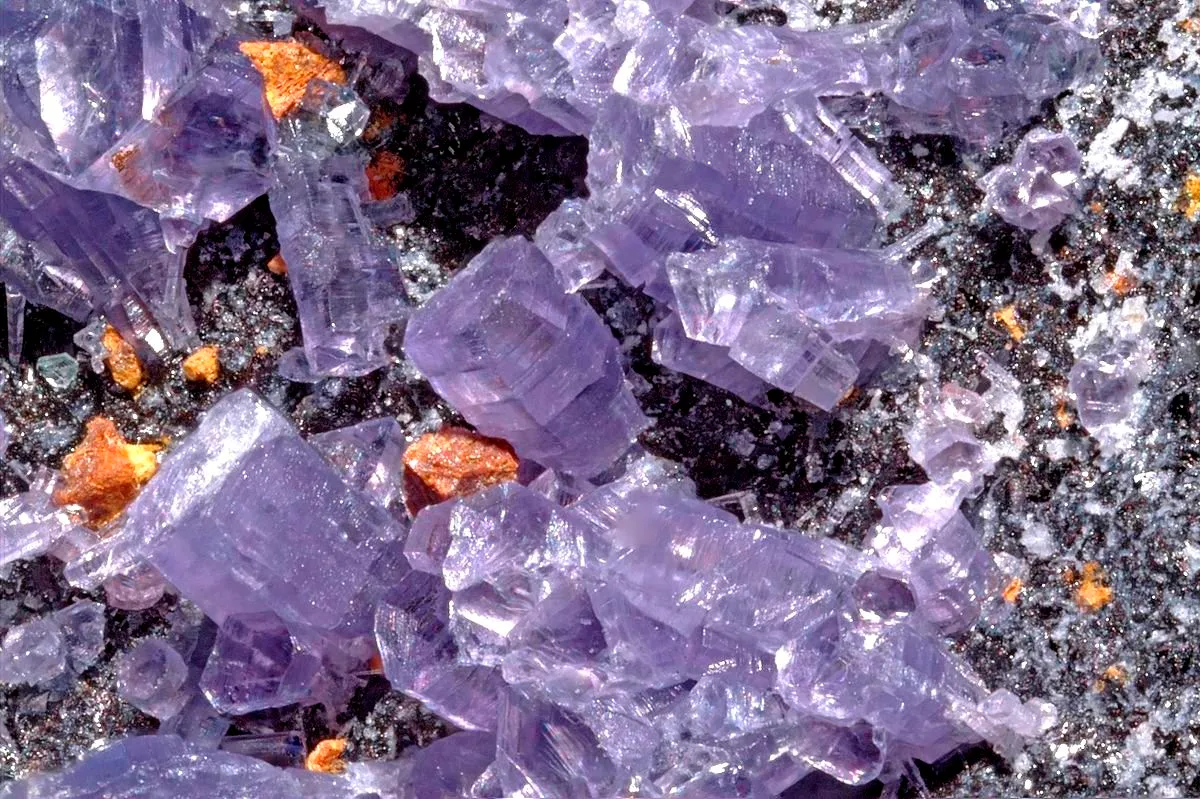New Material Reportedly Changes Shape When Light Hits It
A team of scientists has recently unveiled a new material, a type of perovskites which can reportedly change its shape as it comes into contact with light. This revolutionary “crystalline material” is based on perovskite crystals which are already recognized for their ability to harvest sunshine power.
A crystalline material that changes shape in response to light could form the heart of novel light-activated devices. Perovskite crystals have received a lot of attention for their efficiency at converting sunlight into electricity, but new work by scientists at KAUST shows their potential uses extend far beyond the light-harvesting layer of solar panels.
Photostriction is the property of certain materials to undergo a change in internal strain, and therefore shape, with exposure to light. Organic photostrictive materials offer the greatest shape change so far reported in response to light—a parameter known as their photostrictive coefficient—but their response is slow and unstable under ambient conditions.
KAUST electrical engineer Jr-Hau He and his colleagues have looked for photostriction in a new family of materials, the perovskites. "Perovskites are one of the hottest optical materials," says He. His work now shows there's more to their interesting optical properties than solar energy harvesting. The researchers tested a perovskite called MAPbBr3 and revealed it had strong and robust photostriction behavior.
To extensively test the material's photostriction capabilities, the team developed a new method. They used Raman spectroscopy, which probes the molecular vibrations within the structure. When bathed in light, photostriction alters the internal strain in the material, which then shifts the internal pattern of vibrations. By measuring the shift in the Raman signal when the material was placed under mechanical pressure, the team could calibrate the technique and so use it to quantify the effect of photostriction.
"We demonstrated that in situ Raman spectroscopy with confocal microscopy is a powerful characterization tool for conveniently measuring intrinsic photoinduced lattice deformation," says Tzu-Chiao Wei, a member of the team. "The same approach could be applied to measure photostriction in other materials," he adds.
The perovskite material proved to have a significant photostriction coefficient of 1.25%. The researchers also showed that the perovskite's photostriction was partly due to the photovoltaic effect—the phenomenon at the heart of most solar cell operation. The spontaneous generation of positive and negative charges when the perovskite is bathed in light polarizes the material, which induces a movement in the ions the material is made from.
The robust and stable photostriction of perovskite makes it useful for a range of possible devices, says Wei. "We will use this material to fabricate next-generation optoelectronic devices, including wireless remote switchable devices and other light-controlled applications," he says.
The study was published in the journal Advanced Materials.
A crystalline material that changes shape in response to light could form the heart of novel light-activated devices. Perovskite crystals have received a lot of attention for their efficiency at converting sunlight into electricity, but new work by scientists at KAUST shows their potential uses extend far beyond the light-harvesting layer of solar panels.
Photostriction is the property of certain materials to undergo a change in internal strain, and therefore shape, with exposure to light. Organic photostrictive materials offer the greatest shape change so far reported in response to light—a parameter known as their photostrictive coefficient—but their response is slow and unstable under ambient conditions.
 |
| Scientists revealed a new material, a type of perovskites which can reportedly change its shape thanks to light. |
To extensively test the material's photostriction capabilities, the team developed a new method. They used Raman spectroscopy, which probes the molecular vibrations within the structure. When bathed in light, photostriction alters the internal strain in the material, which then shifts the internal pattern of vibrations. By measuring the shift in the Raman signal when the material was placed under mechanical pressure, the team could calibrate the technique and so use it to quantify the effect of photostriction.
"We demonstrated that in situ Raman spectroscopy with confocal microscopy is a powerful characterization tool for conveniently measuring intrinsic photoinduced lattice deformation," says Tzu-Chiao Wei, a member of the team. "The same approach could be applied to measure photostriction in other materials," he adds.
The perovskite material proved to have a significant photostriction coefficient of 1.25%. The researchers also showed that the perovskite's photostriction was partly due to the photovoltaic effect—the phenomenon at the heart of most solar cell operation. The spontaneous generation of positive and negative charges when the perovskite is bathed in light polarizes the material, which induces a movement in the ions the material is made from.
The robust and stable photostriction of perovskite makes it useful for a range of possible devices, says Wei. "We will use this material to fabricate next-generation optoelectronic devices, including wireless remote switchable devices and other light-controlled applications," he says.
The study was published in the journal Advanced Materials.

%20(1).webp)






